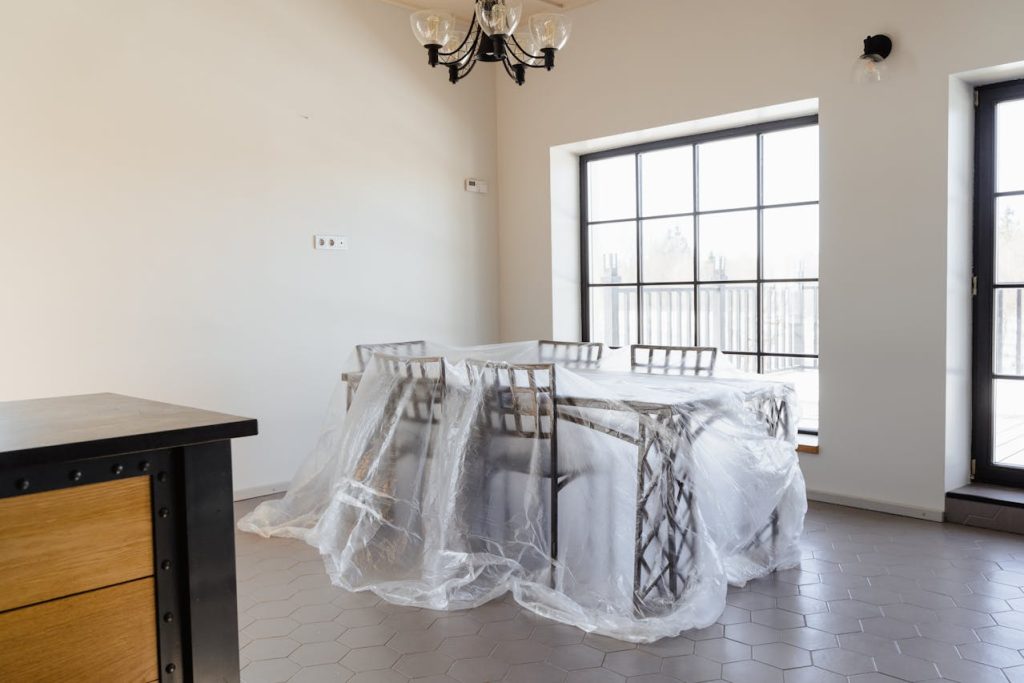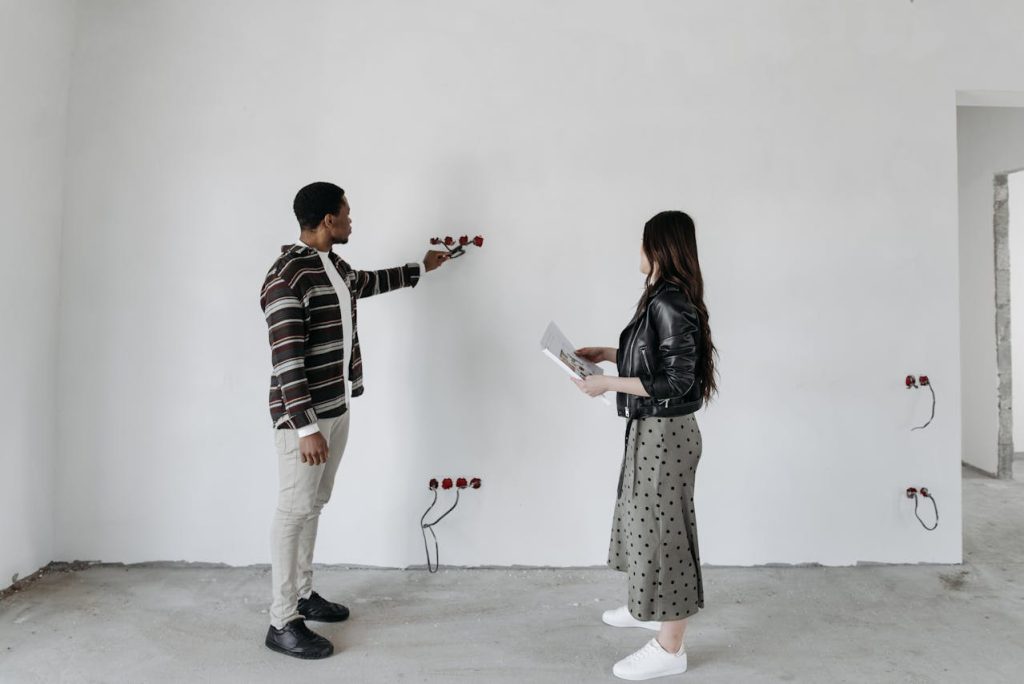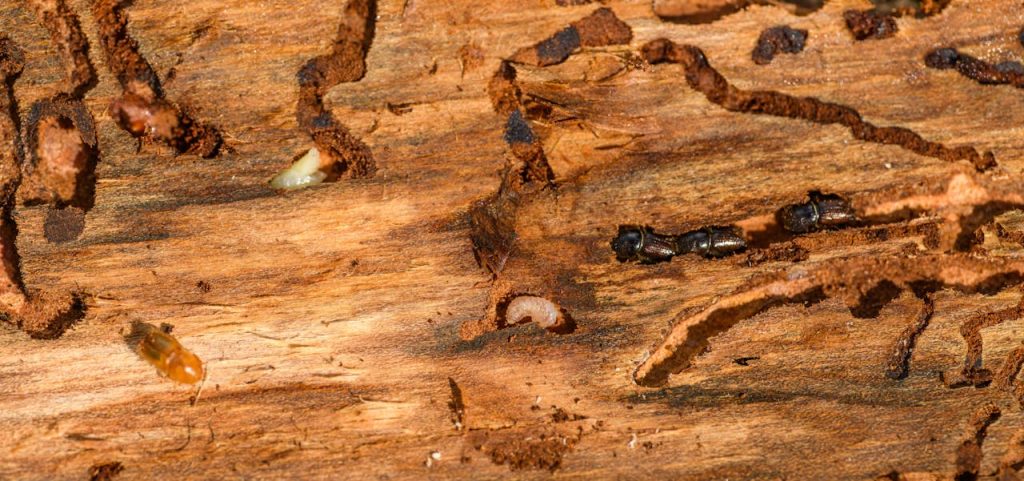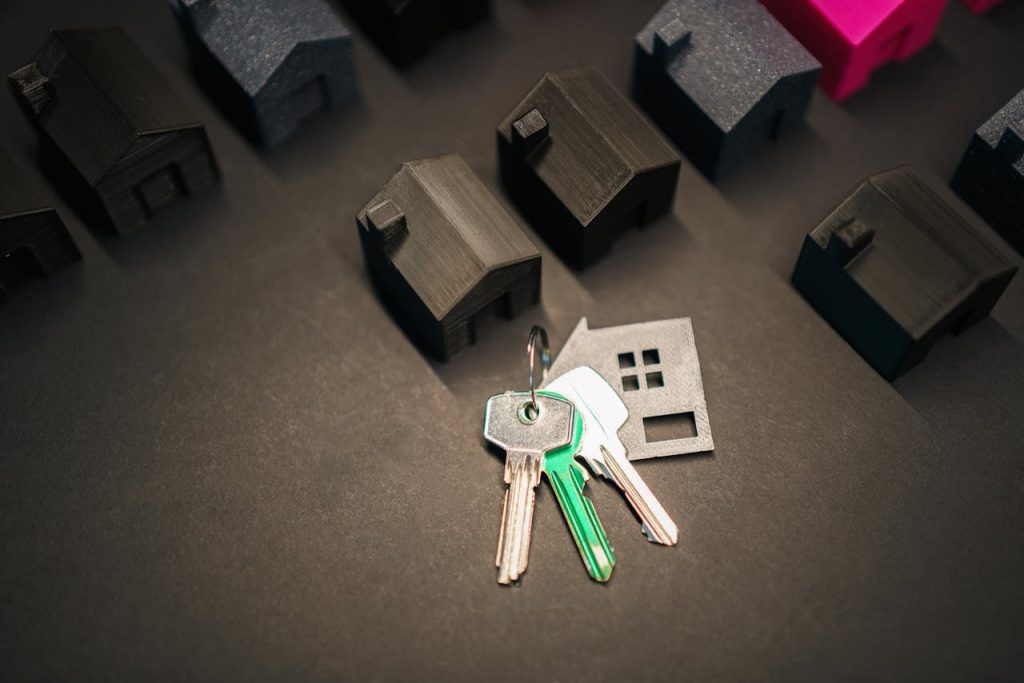Still, there’s a reason decluttering is one of the best ways to boost a home’s value before selling. A clean, spacious house makes it easier for buyers to imagine themselves living there—and often leads to faster, higher offers. The good news? You don’t have to do it all yourself.
Below, we’ll walk you through every step of selling a home that’s full of furniture, memories, and clutter—and how to make the process easier with help from companies like Doctor Homes.
Step 1: Assess and Plan Your Approach
Before you start loading up garbage bags or calling in movers, it helps to make a plan. Start by taking a keep, sell, donate, and discard. This method gives you clarity and a roadmap for what’s next.
If the house is inherited, give yourself time. Sorting through a loved one’s belongings can be emotional and time-consuming. Set small goals and pace yourself.
At this stage, important documents—deeds, wills, mortgage papers, utility bills, or home repair receipts—must also be located and organized. These will be crucial when you’re ready to sell or transfer ownership.
Don’t try to do everything in one weekend—burnout leads to bad decisions and missed keepsakes. Tackle one room at a time, and snap photos of sentimental items you’re letting go of to preserve the memory without the mess.
Step 2: Decluttering Before Selling
Decluttering isn’t just about making the home look nicer—it actually impacts how fast it sells and how much it sells for. Buyers are more likely to make an offer on a home that feels clean, open, and move-in ready.
If you’re up for it, DIY decluttering can save you money. But if the task is too big or time is limited, consider hiring professional organizers who specialize in home cleanouts. They can get the job done fast and efficiently.
Need to remove large items? Junk removal companies will handle heavy lifting, haul away unwanted stuff, and even sweep up after.
Before listing the property, follow a house cleaning checklist for sellers: wipe surfaces, clean out closets, mop floors, and clear out the garage. Clean homes sell faster—it's that simple.
“I’ve seen cluttered homes sit on the market for months, while similar clean, staged homes get multiple offers in a week,” says Laura M., a real estate agent with 15 years of experience. “Decluttering isn’t just cosmetic—it tells buyers the home has been well cared for, which builds instant trust.”
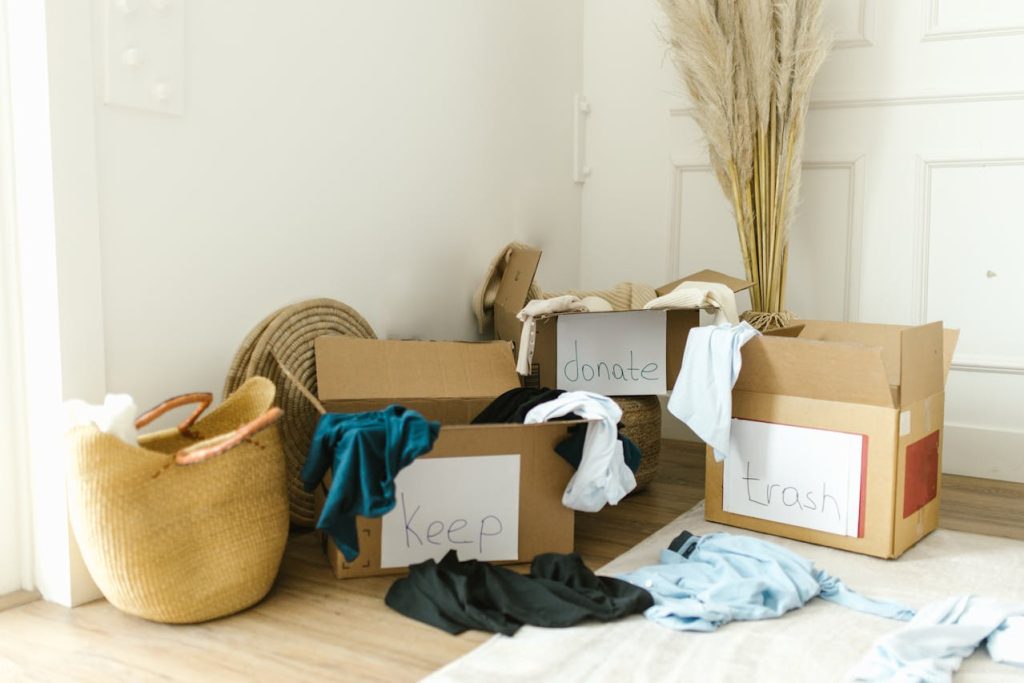
Take what you need; we’ll handle the rest—including the donation of useful items. → Sell As-Is
Step 3: Selling Furniture and Antiques
Some of the items left behind might be worth more than you think. If the home contains antiques, collectibles, or valuable furniture, take time to evaluate them. Look for names, dates, or materials that might suggest high resale value.
Once you’ve identified the valuable pieces, decide how to sell them. Options include estate sale companies, online marketplaces like Facebook Marketplace, or even auction sites.
Hiring an estate sale company is ideal if you’re dealing with a large volume of items. They manage pricing, marketing, and buyer coordination. If you prefer to sell items individually, be prepared to photograph, list, and meet with potential buyers.
Not everything needs to be sold piece by piece—Doctor Homes purchases homes exactly as they are, even if they’re fully furnished or packed with belongings. Skip the hassle of selling individual items — sell your whole house full of stuff with Doctor Homes. → Request a Cash Offer
Step 4: Storage Unit Rental Tips
Sometimes, you’re not ready to get rid of everything—or you simply don’t have space at your next home. That’s where storage units come in.
Choose between self-storage (you do the transporting and organizing) or full-service storage, which includes pickup, storage, and delivery.
If you’re storing electronics, artwork, or sentimental items, go with climate-controlled storage to avoid damage from heat, cold, or humidity.
Avoid common storage mistakes like packing everything into one space without labeling boxes, stacking items unsafely, or renting a unit that’s too big or small. A little planning saves a lot of hassle later.
Step 5: Donating and Disposing of Unwanted Items
Many people feel better knowing their unwanted items can still do some good. Charities often accept furniture, clothing, small appliances, and more—as long as they’re in usable condition.
If items are outdated, broken, or hazardous, look for eco-friendly disposal options. Most cities have drop-off sites for electronics, paint, and chemicals. Never toss these in the trash.
Need to get rid of a large load fast? Local junk removal companies can clear out entire homes in a day, often recycling or donating usable items along the way.
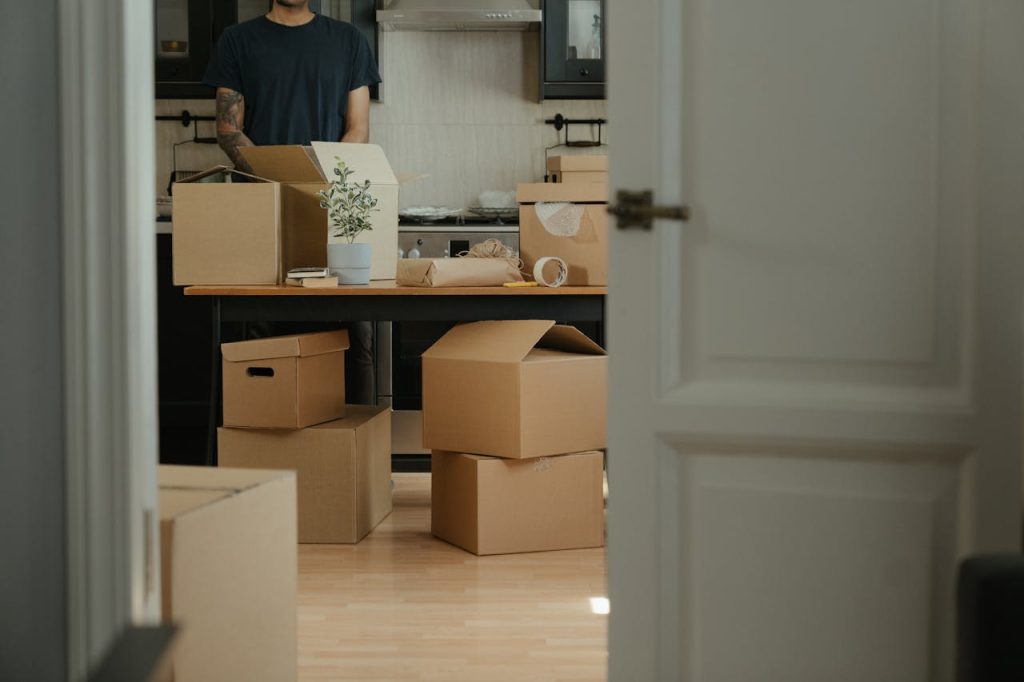
Doctor Homes donate anything decent to charity—one less thing for you to worry about. → Learn More
Step 6: Preparing the Home for Sale
Once everything’s cleared out, it’s time to get the property looking its best.
Hire a deep cleaning service if needed—especially if the home has been vacant or neglected. This usually costs between $150 and $400 but can make a big difference in buyer interest.
Tackle small repairs like loose doorknobs, chipped paint, squeaky doors, or missing light bulbs. These minor fixes can help buyers feel more confident about the condition of the home.
Want to go the extra mile? Consider staging the home with minimal furniture and neutral décor. This makes spaces feel larger and more appealing.
“Buyers decide how they feel about a home within the first few minutes,” says Mark D., a veteran real estate broker with over two decades in the field. “A clean, well-maintained space—free of odors, dust, and obvious wear—can instantly shift a buyer’s mindset from hesitation to excitement
Step 7: Working with Real Estate Professionals
Traditional real estate agents can be helpful, especially if you're planning to list the home publicly. They’ll guide you through pricing, marketing, and negotiations. Some agents even specialize in inherited home sales or estate properties.
However, working with an agent also means paying commissions, making repairs, and waiting weeks (or months) for the right buyer. That’s not ideal if you’re in a hurry or overwhelmed.
If you’d rather sell the house as-is, consider working with Doctor Homes. There’s no need to clean, fix, or even remove everything. Just take what you want—they’ll handle the rest.
Avoid commissions, repairs, and long waits. Sell directly to Doctor Homes today. → Get a Fair Cash Offer
Doctor Homes also helps with the legal and financial aspects of inherited homes, making the process smoother for families going through probate or title changes.
Conclusion
Selling a house full of stuff may feel daunting, but it doesn’t have to be. With the right plan—and the right help—you can clear the clutter, protect your peace of mind, and move forward.
Remember to take it step by step: assess the situation, declutter, sell or donate what you can, and prep the home. And if you’re short on time or energy, Doctor Homes can step in to make the process simple, fast, and fair.
When in doubt, get help from professionals. A smoother sale—and peace of mind—might be just a phone call away.
FAQs about How to Sell a House Full of Stuff
What should I do if I feel overwhelmed by decluttering an entire house?
Start small—tackle one room or area at a time. Enlist help from family or professionals if needed. If it’s still too much, consider selling the house as-is to a cash buyer like Doctor Homes, who will handle the contents for you.
Are there specific online marketplaces best suited for selling used furniture and antiques?
Yes. Facebook Marketplace, OfferUp, and Craigslist are popular for furniture. For antiques or collectibles, try eBay, Ruby Lane, or even local estate sale groups on social media.
How do I determine whether an item is worth selling or donating?
If it’s in good condition and has resale value, it may be worth selling. If it’s common, outdated, or low-value, donating may save you time and stress. When unsure, a quick online search can help gauge an item’s value.
What is the average cost of junk removal services?
Junk removal services typically cost between $150 and $600, depending on how much you need to be removed. Most companies offer quotes based on volume or weight.
How can I ensure the home is ready for buyers after clearing out belongings?
Once the clutter is gone, clean thoroughly or hire a cleaning crew. Fix minor issues, and consider simple staging to make the home feel inviting. If you're selling to Doctor Homes, they’ll take it as-is—no cleanup needed.
